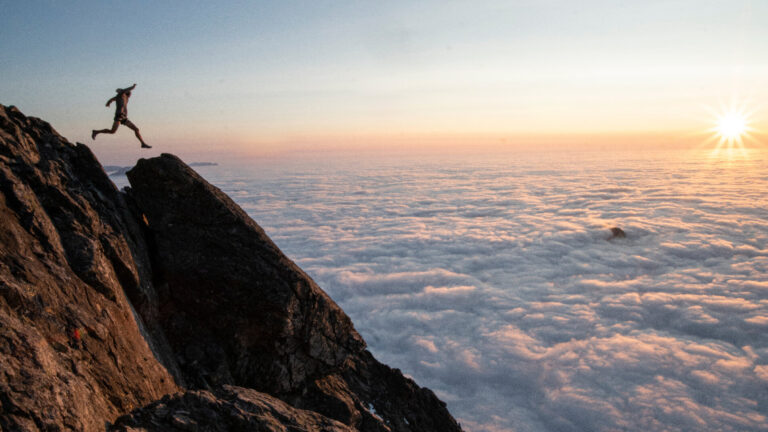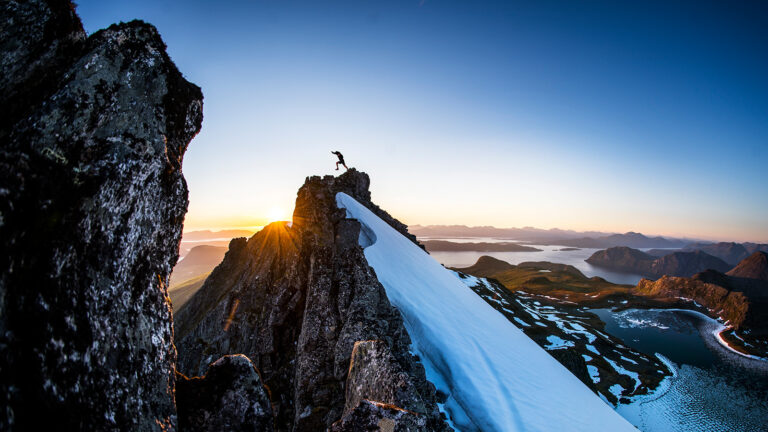The Best Hiking Gear


Hiking Gear
Going on a trail is a fun way to spend a day with your family or even by yourself while exploring nature. There are various ways to experience nature, whether it’s deep in the woods and mountains or close to home. It’s critical to plan ahead of time what you’ll carry on the trek, considering elements such as the distance, the weather forecast for that day, and the remote location you’ll be visiting. The more distant the location you'll be tracking, the more severe the weather will be. Thus, your hiking gear should include extra gear, food, water, and additional apparel. This article will offer you all relevant hiking information before your trip.
What to Bring or Wear?
The following items should be on your trailing checklist:
- Hiking Shoes or boots
- Plenty of food and water
- Navigation tools, including a compass and a map
Ten Essential Equipment
Always packing the ‘ten essentials’ when you are travelling or heading out for a trail should always be the norm. At times these items might feel like extra baggage as mostly you may not need them. However, it is not until something goes wrong amidst your hike that you realize and appreciate the importance of packing these essentials.
The history of carrying the Ten essentials can be traced back to the 1930s when the Mountaineers from a Seattle-based organization for outdoor adventures and climbers assembled these gears to aid individuals in preparing for emergencies while outdoors. The list consisted of extra clothing, sunscreen and sunglasses, food and water, matches, first aid suppliers, a compass, fire starter, a map, flashlight/headlamp and a knife.
Over the recent years, the list has been updated to a “systems” approach instead of focusing on individual items. This is what the lists look like today.
The Ten Essentials' latest systems
1 — Headlamp: including additional batteries
2 — First aid: including insect repellent and foot care (as required)
3 — Fire: stove/fuel, lighter, matches
4 — Extra clothing: carry more than you need
5 — Extra food: carry more than you need
6 — Extra water: exceed your expectation
7 — Shelter: should be with you at all times (can be a light emergency bivy)
8 — Sun protection: sunscreen, sun-protective clothes and sunglasses
9 — Knife: includes a repair kit
10 — Navigation: satellite messenger/personal locator beacon (PLB), compass, GPS device, map, altimeter.
The exact number of items you need to pack from each system is highly dependent on the Hiking you are planning. For instance, if it’s a short day trial that you can navigate easily, you can opt to carry a PLB, a compass and a map, but you can leave your altimeter and your GPS. If your hike is a more complex and more extended outing, you should carry all these essentials to help you on your hike. When deciding what to pack on your trail, you need to consider distance, duration, difficulty and weather.

Type of Hike
There are three different types of the hike, each posting its specific challenges and having different requirements. However, when well-planned hikes can be a fulfilling and exciting way to pass the time and quite refreshing. Whether you are a person on a gruelling hike across a mountainous trail or a walk in the wood person, hikes often have productive results.
- Day Hiking — hiking that does not exceed daylight hours
- Summit Hiking — Hiking involves surmounting or trailing peaks of mountains or the summit. It always possesses challenging objectives.
- Long-distance Hiking — hiking that takes a long period amounting to weeks or months
Clothing
Clothing is vital as It is included in the ten essentials. While hiking, the weather can be unpredictable. It can change from chilly or windy to instant rainfall. It is advisable to pack extra clothes exceeding the number you need to avoid unplanned injuries or sickness.
When deciding the clothing to pack, you should consider what type of clothing will ensure you survive for a long while you are out there. The standard options are; a synthetic vest or jacket, balaclava or an insulating hat, extra gloves and socks, and a layer of underwear (both bottoms and tops). If you are heading out on a trail during winter, insulation for your legs and upper body should be your priority.
Food and Hydration
Remember to carry an extra two or three days' worth of food and water if something unfortunate happens (like bad weather or injury) that forces you to extend your hike. It is essential to carry something unnecessary to cook, such as jerky, nuts, energy bars or dried fruits are always good. In addition to this, remember to carry some tool that you can use to treat water, whether a stove or chemical treatment for melting snow or a water purifier/filter.
Navigation
- The navigation forms the contemporary five essentials for Hiking: a map, an altimeter watch, compass and PLB
- Map — a topographic map containing all the routes in which you are trailing
- Compass — a compass with a built-in map-reading knowledge should be on your checklist
- GPS device — GPS device which can help you locate your location on a digital map.
- Altimeter watch — use GPS data to measure your elevation ETA and has a barometric sensor that measures air pressure.
- Satellite messenger or Personal locater beacon (PLB) — helps in sounding alarm to the emergency personnel.
Safety Measures While Hiking
While Hiking, it is crucial to adhere to all the safety measures for your protection. Here are some of the standard safety measures:
- Never go hiking alone. Always bring someone with you
- Never walk off-trail
- Observe hike etiquette and be courteous
- Never touch or feed a wildlife
- Take more than you need food and water
Tricks and Tips for Hiking
The trick and tip for having a fulfilling trek are to make sure you are equipped with all the essentials and have a positive mindset. Some of the tips include;
- Informing someone of your Hiking plans
- Ensuring you are equipped with all the essentials
- Carry extra food and water
- Pursue a trail that you can manage
- Bring along a companion
Photography: Kilian Jornet
Share with a friend
Your NNormal shoes come with a free gift!